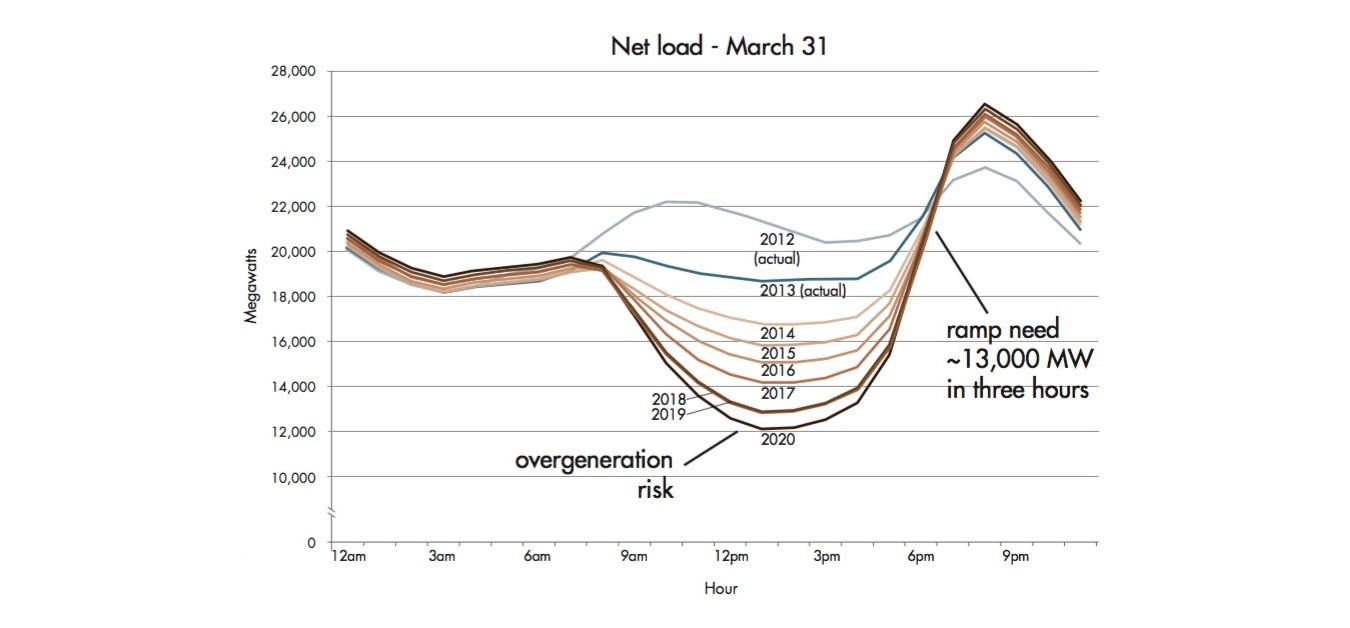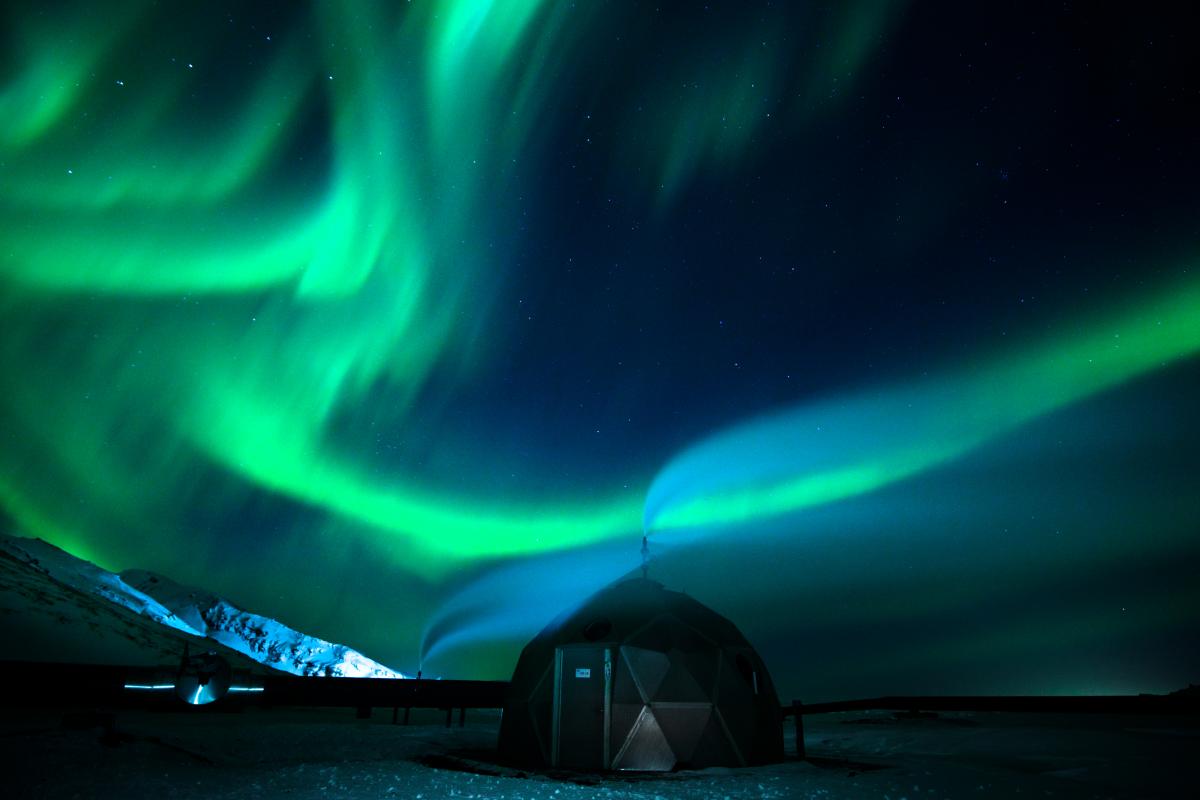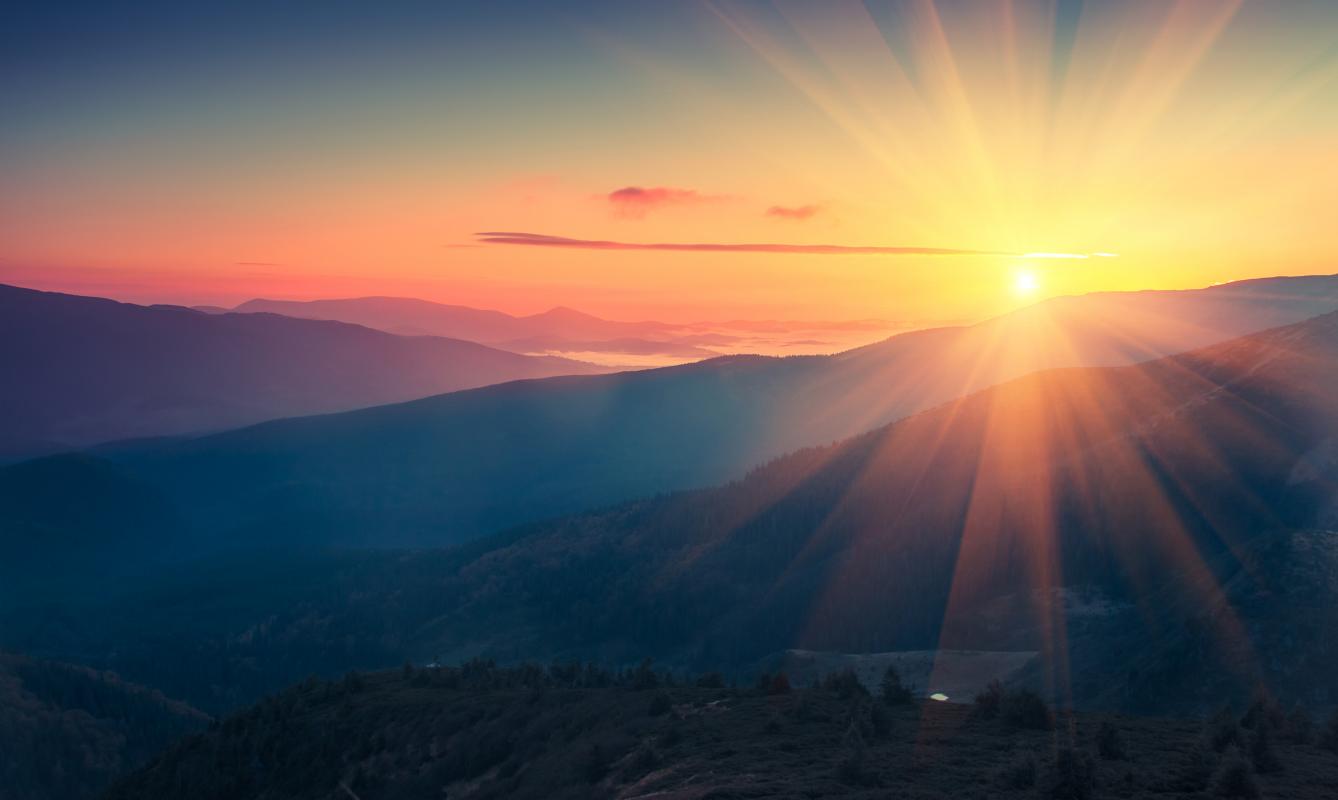What the Duck? How Geothermal Energy Fixes the Solar Energy Duck Curve
The Duck Curve doesn’t walk or talk, and if you haven’t heard about it before, you’ll probably hear about it soon. That’s because the Duck Curve is going to become more prominent as we struggle to provide enough energy to power the world. Why? Because no single power source can supply enough energy to meet our needs, so we’ll need multiple clean energy sources to build a sustainable future.

In 2013, the California Independent System Operator, the entity responsible for managing electricity for 80 percent of California’s power grid, published a chart that showed how energy flowed during a 24- hour spring day in California. The grid they created showed how energy needs increased throughout the day and into the evening, when people were awake and usage levels reached their peak. And, it showed the imbalance between peak energy demand and renewable energy production. When the results were put into a chart, the line looked an awful lot like a duck—hence the Duck Curve was born.

The Duck Curve showed—for the first time—that energy produced from solar power could help offset some of the conventional energy provided by utility companies. The result: cleaner, more sustainable energy that cost a lot less. But there was a catch. Solar could only fill a portion of this gap when the sun was shining, and it couldn’t help during peak evening hours. So, the Duck Curve problem was created.
This means if we can solve the Duck Curve problem through new sources of clean energy, we can have lower electric bills and reduce the negative environmental impact from fossil fuels. Utilizing new, sustainable energy sources means a future with less energy rationing and lower risk of the type of electrical grid breakdowns we’ve seen in California and Texas.
Solar energy isn’t the answer to the Duck Curve problem. Why? Because solar energy is only available during the day when the sun can provide power. This creates a problem. How can we find energy during times when solar energy isn’t available, like during nighttime and on cloudy days?
Without a doubt, geothermal energy is a big part of the solution.

Geothermal energy is energy from the earth. It’s natural, always available, and is our largest untapped natural resource. Geothermal energy comes from deep inside the earth’s core. It’s hot down there, and that energy can be used to power our world. In fact, people in Iceland are already using geothermal energy for 66% of their electricity.
Geothermal energy has many advantages:
- Geothermal energy can be used anywhere in the world.
- Geothermal is always on, regardless of weather conditions or time of day.
- Geothermal can be used for cooling, heating, and electricity.
- Geothermal power can ramp up or down to fill the gaps left by traditional electricity and solar power
- Most geothermal plants will produce nearly zero air emissions
Geothermal can help prevent electrical grid failures

Solar energy may have a duck curve problem, but it has its advantages, too. As does every renewable energy source. Solar energy is a renewable resource with low emissions and a low carbon footprint that can be generated in a wide variety of geographic locations. But no one resource can meet all of our energy needs.
Together we can solve the Duck Curve problem once and for all and build a sustainable energy future. Let’s harness the power and energy within the earth’s core to power our cities and factories. Let’s use the earth to save the earth.
